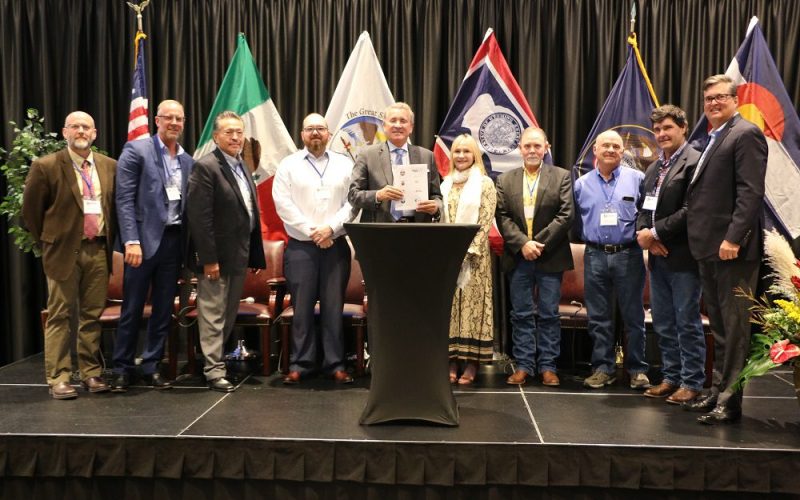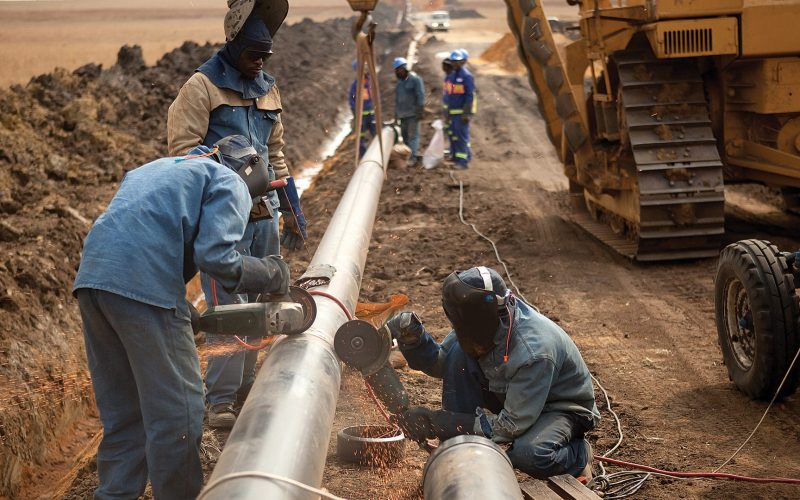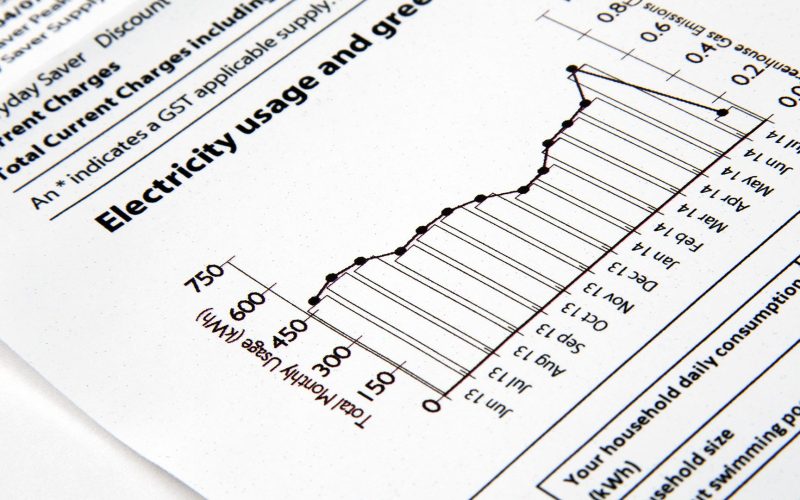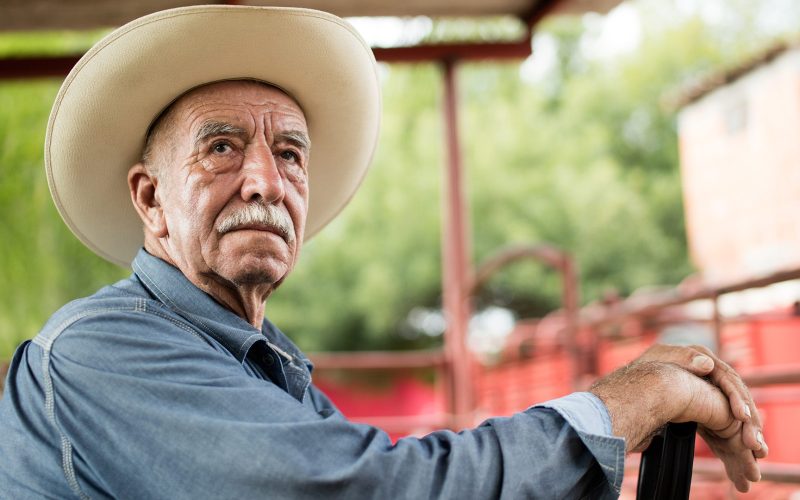THE VOICE FOR THE ENERGY CONSUMER

VERNAL, Utah – Western States and Tribal Nations (WSTN), an initiative led by sovereign tribal nations, states and counties to advocate for rural economic development and a cleaner environment through.

Angela M. O’Connor, former chair of the Massachusetts Department of Public Utilities and energy industry expert, explained how New York Governor Andrew Cuomo’s bad energy policies are hurting New Englanders.

The $86 million Risberg Pipeline nears completion, great news for Ashtabula County and Ohio’s industrial industries. The project is expected to employ 500 construction workers and about 110 permanent employees..

While political theatre is common-place around the approval of pipelines, Enbridge’s Line 4 receives the green light. “Enbridge received the green light to reroute a 10-mile stretch of its Line.

Thanks to poor politics, natural gas shortages in states like New York are becoming the norm. While anti-energy activists declare this a “win”, people lose work and families and businesses.

CEA Mike Butler explains how bad energy policy has led to unaffordable energy prices for many New Jersey families, leading to another safety net for those who cannot afford these.

CEA’s Victoria Gonzalez discusses how when the price of energy increases, New Mexican farmers have a harder time affording the watering of crops, fertilizers, and agro-chemicals. Hartman’s situation is demonstrative.

Kudos are deserved for Brunswick County Board of Commissioners for keeping their neutral stance on offshore energy development: For starters, kudos to Commissioner Mike Forte who, despite false claims of.

Trenton, NJ – The New Jersey Board of Public Utilities’ (NJBPU) announcement today that it is increasing the number of people eligible for help paying their utility bills underscores another.

More than 16.5 million visitors visited South Florida last year, a 3.5 increase in tourism from the year before – courtesy of expansions in energy production and infrastructure nationwide. Because.